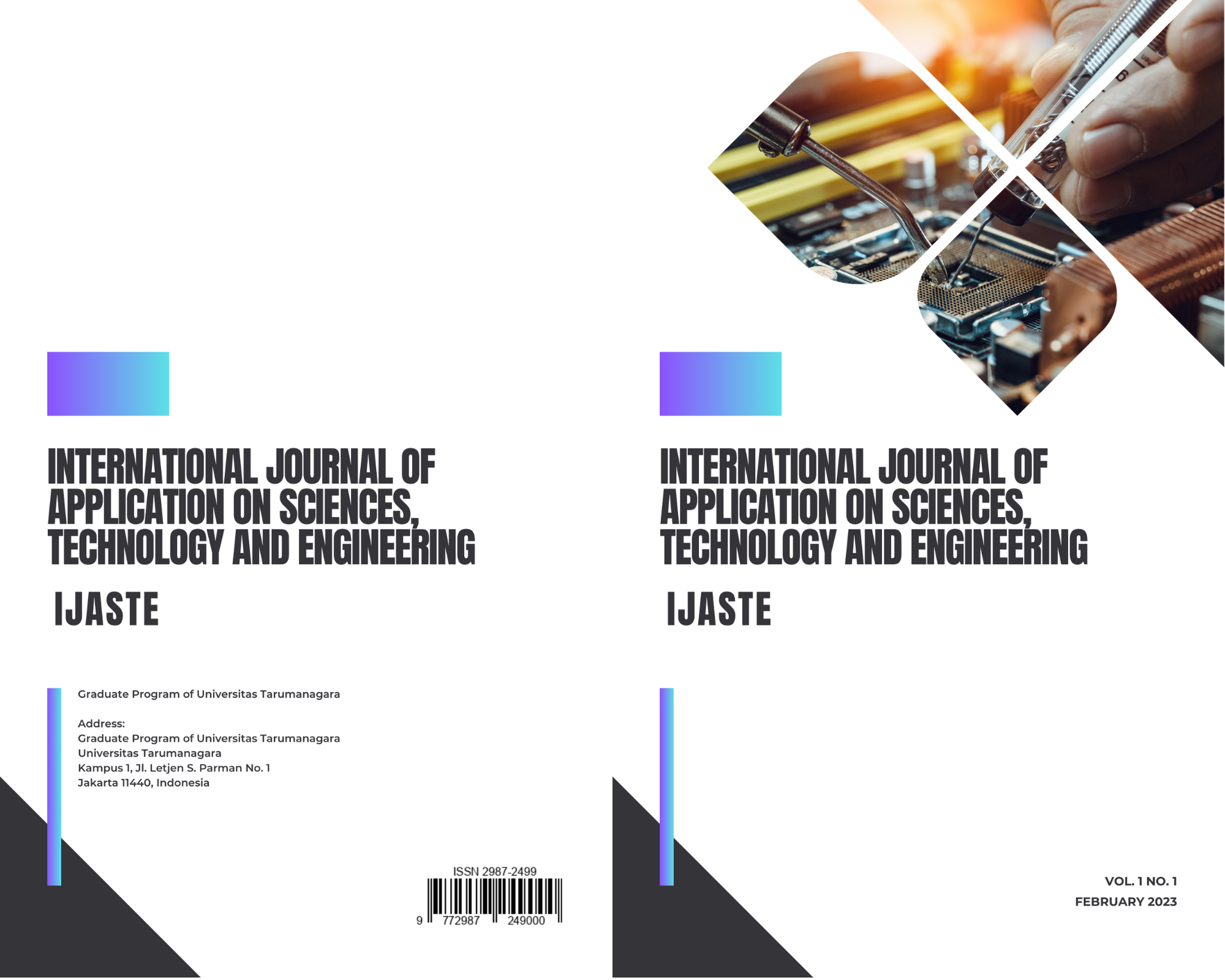Shear Strength Analysis of Reinforced Concrete Without Transverse Reinforcement using Finite Element Method
Main Article Content
Abstract
The efforts to obtain a higher quality concrete nowadays leads to the usage of more innovative materials, one of which is by removing coarse aggregate from the concrete mixture. This study was conducted to discuss the analysis of concrete beams without transverse reinforcement and without coarse aggregate using the finite element method which hasn’t been done much. The research was done by modelling the concrete beam without coarse aggregate and shear reinforcement, and then the result is compared with the laboratory experiment done by Christianto, Tavio & Makarim (2020). Based on the study, we can conclude that the finite element method shows good agreements with the experimental results. Furthermore, both method shows the increasing in shear capacity with the increase of longitudinal reinforcement, however, when the reinforcement ratio exceeds 0,0547 (2Ø16) the shear capacity decrease. Moreover, both the finite element method and laboratory experiment results in shear capacity larger than the theoretic capacity based on ACI 318-14, which means that the ACI 318-14 formula is conservative enough to be used in design.
Article Details

This work is licensed under a Creative Commons Attribution-NonCommercial-ShareAlike 4.0 International License.
References
D. Christianto, Tavio and D. Kurniadi, "Effect of Steel Fiber on The Shear Strength of Reactive Powder Concrete," in IOP Conf. Series: Materials Science and Engineering, Jakarta, 2018.
A. Mathern and J. Yang, "A Practical Finite Element Modeling Strategy to Capture Cracking and Crushing Behavior of Reinforced Concrete Structures," MDPI Journal of Materials, p. 506, 2021.
D. L. Logan, A First Course In The Finite Element Method, Stamford: Cengage Learning, 2012.
L. P. Adnyani, Handayanu dan E. B. Djatmiko, “ANALISA STRUKTUR DENGAN METODE ELEMEN HINGGA NONLINEAR,” dalam Seminar Nasional Teknik Mesin Universitas Trisakti 2014, Jakarta, 2014.
Y. A. Pranata, “Metode Elemen Hingga,” Program Studi Teknik Sipil Fakultas Teknik Universitas Kristen Maranatha, Bandung, 2019.
Midas FEA, Analysis and Algorithm, Seongnam: Midas IT Co., Ltd., 2016.
FIB Bulletin 10, Bond of Reinforcement in Concrete, Laussane: FIB, 2000.
Z. Huang, B. Engstorm and J. Magnusson, "Experimental and analytical studies of the bond behaviour of deformed bars in high strength concrete," 1996.
U. Lestander, Bond Properties of High Performance Concret, Pull-Out Tests with Monotonicly Increasing Loads, Lulea: Lulea University of Technolofy, 1993.
E. Hansen and E. Thorenfeldt, "Bond Properties of Deformed Bars in High Strength Concrete.," in Fourth International Symposium of the Utilization of High Strength/High Performance Concrete. , Paris, 1996.
R. Eigenhausen, E. Popov and V. Bertero, "Local Bond Stress-Slip Relationships of Deformed Bar under Generalized Excitations," University of California, Berkeley, 1983.
CEB-FIP, "CEB-FIP Model Code 1990," Thomas Telford Ltd, London, 1993.
J. Magnusson, Bond and Anchorage of Deformed Bars in High Strength Concrete, Goteborg: Chalmers University of Technology, 1997.
D. Christianto, Tavio and C. A. Makarim, "Effect of Longitudinal Steel Reinforcement on Shear Capacity of SFRC Beams without Coarse Aggregate," Technology Reports of Kansai University, pp. 45-53, 2020.



